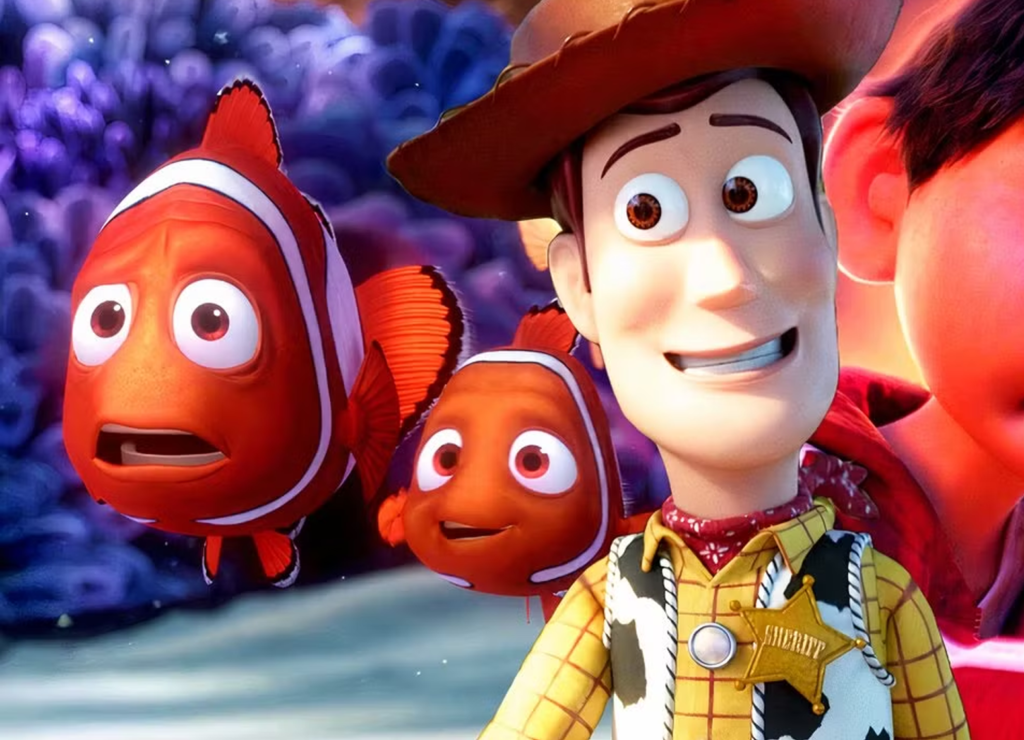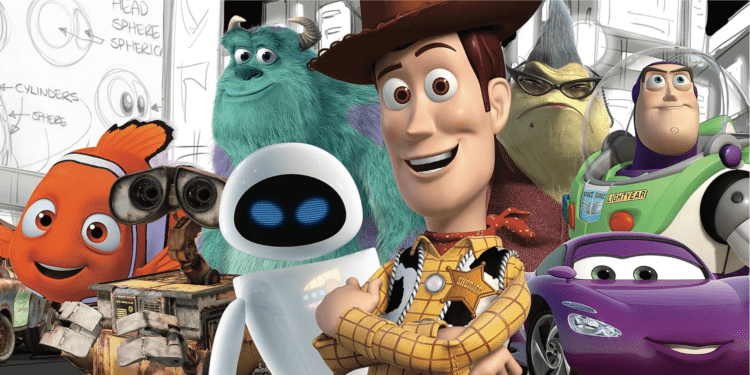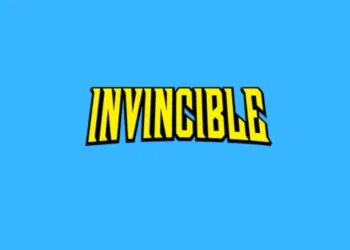Animation has come a long way since its humble beginnings in simple flipbooks and hand-drawn sketches. Today, it stands at the forefront of technological innovation, with 3D modeling, real-time rendering, and immersive virtual environments shaping the future of the medium. What was once confined to traditional movies and TV shows is now expanding into dynamic and interactive experiences within the metaverse, offering endless possibilities for storytelling, entertainment, and audience engagement.
The evolution of animation can be traced through its technological milestones. Early animation, like flipbooks or stop-motion, required painstaking attention to detail and manual labor. As film technology advanced, so too did the scope of what animation could achieve. The introduction of 2D animation and later 3D animation allowed for more fluid movement and complex visual storytelling, making animated films like Disney’s “Toy Story” and Pixar’s “Finding Nemo” industry-changing moments. However, the true breakthrough for animation came with the rise of real-time rendering and the increasing power of computers to simulate complex environments and characters in real time.

Today, 3D modeling has become an essential tool in creating highly detailed and lifelike animations. With the aid of sophisticated software, animators can design virtual worlds with incredible precision, allowing for more dynamic, lifelike, and expressive content. Technologies like real-time rendering have allowed these animations to be viewed instantly, providing immediate feedback during the production process. This has drastically reduced the time required to produce animations and opened the door to more interactive and immersive experiences. Instead of creating static, pre-recorded content, animators now have the ability to craft environments and characters that react to user input, laying the foundation for the next generation of animated entertainment.
Enter the metaverse, an expansive, interconnected virtual world where users can interact with digital spaces and objects in real time. The metaverse is offering new, exciting opportunities for animation to stretch its boundaries, allowing for interactive and participatory storytelling. Animation in the metaverse isn’t limited to linear, passive experiences—audiences can now become active participants, navigating virtual environments, customizing avatars, and even influencing the course of a story. This shift from passive watching to active engagement is a game-changer, creating more immersive and personalized experiences for viewers.
Virtual reality (VR) and augmented reality (AR) are also central to the expansion of animated content in the metaverse. These technologies allow for complete immersion, enabling users to step inside an animated world. VR games and experiences offer users the chance to explore animated spaces in 360 degrees, while AR overlays digital content onto the real world, creating hybrid experiences that blend animation with reality. These innovations have not only enhanced storytelling but have also opened up new creative possibilities for animators. They can now craft environments where the audience is no longer just an observer but an active participant in the unfolding narrative.
The growing demand for interactive and immersive animated content presents new challenges for animators. While traditional animation techniques focused on creating visual spectacles for a passive audience, the metaverse requires animators to rethink their approach to storytelling. In virtual spaces, there are new considerations—such as user agency, the interaction between characters and environments, and the integration of non-linear storylines. Animators must design experiences that respond to the audience’s actions, creating a dynamic and evolving narrative that offers something new with every interaction.
This shift towards interactive, real-time animation is also pushing the boundaries of creativity. Animators are now tasked with building entire virtual worlds from scratch, ensuring that every detail—from character designs to the physics of the environment—works seamlessly together in a constantly evolving space. With this newfound creative freedom, the possibilities are endless. Animated content can now extend beyond traditional storytelling and become part of an ongoing, participatory experience in the metaverse, where audiences shape the narrative as much as they consume it.
In conclusion, animation has evolved far beyond its origins as a passive form of entertainment. With the advent of 3D modeling, real-time rendering, VR, and AR, animation is now an immersive, interactive experience that challenges traditional boundaries. The metaverse, in particular, is redefining what it means to tell a story, offering new ways to engage with audiences and explore uncharted creative territories. As technologies continue to advance, animators will be tasked with thinking beyond traditional formats, creating digital worlds where imagination can roam free and audience participation becomes a vital part of the storytelling experience. The future of animation lies in these virtual, interactive spaces, where the lines between fantasy and reality are continually blurred.










